
Political and Administrative Structure
As of 2012, the region whose capital is the Kumasi Metropolis had 30 administrative districts. The districts numbered 18 in the 1990s, increased to 21 in 2000, 27 in 2010 and 30 in 2012. The increase in the number of districts is always as a result of dividing existing districts whose population reaches a certain threshold. Four of the districts are municipalities, namely, Obuasi, Bekwai, Offinso and Mampong. The Kumasi district is a metropolis and is currently divided into 10 sub-metros. The districts and their capitals as of 2010 are shown in Table 1.
The head of the political administration, like the other regions, is a Regional Minister who heads a Regional Coordinating Council (RCC) which coordinates the activities of the Metropolitan, Municipal and District Assemblies (MMDAs), the lower block of political administration, and implementer of developmental activities. The head of a District Assembly is the District Chief Executive.
The region had 36 constituencies in 2010 but this increased to 37 in 2012 (Table 1.1). Each constituency elects a member of parliament and the region has the largest representation (16.5%) in the current 240-member Parliament.
The social administration of the Asante nation is through a traditional system of chieftaincy and elders. Each community in the region, like other parts of the country, has a chief of some level from Odikro (chief) to Omanhene (paramount chief). The Asantehene is the only King of Asante. Each chief has “divisional chiefs” with portfolios, similar to the national President and Ministers. The ascension to chieftaincy (except Nkosohene) is through the matrilineal system.
Festivals
Festivals are common features of all the ethnic groups in the country. In the Ashanti Region, festivals are few. The Akwasidae is a major festival held regularly at six-week intervals and nine times in a year. It is celebrated to remember past Asante leaders and heroes/heroines. If it falls on a Sunday, it is celebrated as Adaekese.
Language and ethnicity
Like the other regions of the country, there are many ethnic groups in the Ashanti Region. The 2010 Population and Housing Census (PHC) shows the largest group as the Akan including Asante (74.3%), followed by the Mole-Dagbani (11.3%), Ewe (3.8%) and Gurma (2.8%). About 30.5 percent of the Akan in the country are in the Ashanti Region. The Mole-Dagbani population in the Ashanti Region is the second highest in the country after the Northern Region, their ancestral home. The populations of Mande (35.1%) and Grusi (16%) in the Ashanti Region are the highest in the country. The people of Asante speak mainly a major branch of Akan called Asante Twi.
Religion
About 77.8 percent of the people in the region in 2010 are Christians of different denominations. The proportion of Muslims is 15.3 percent, the second largest, while those with no religious affiliation are 5.4 percent and 0.7 percent are traditionalists. Social Administration and Structure
Date Created : 7/28/2023 12:00:00 AM


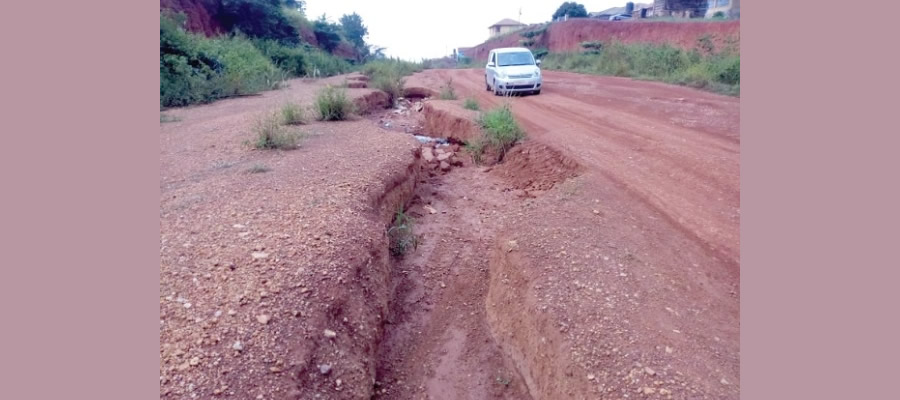
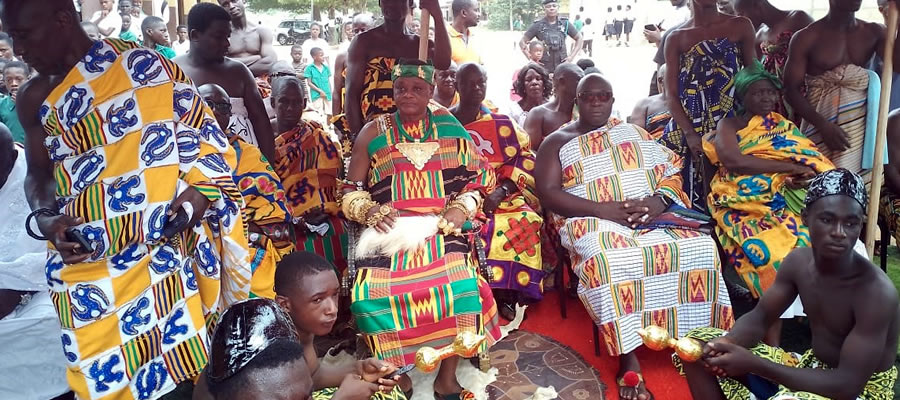
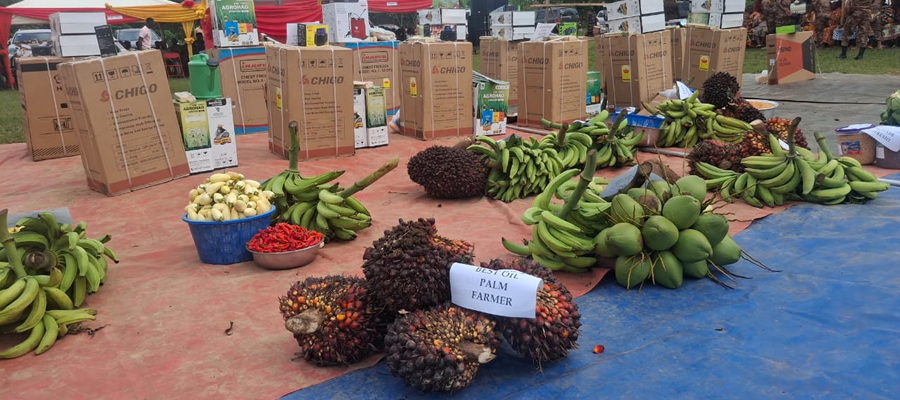
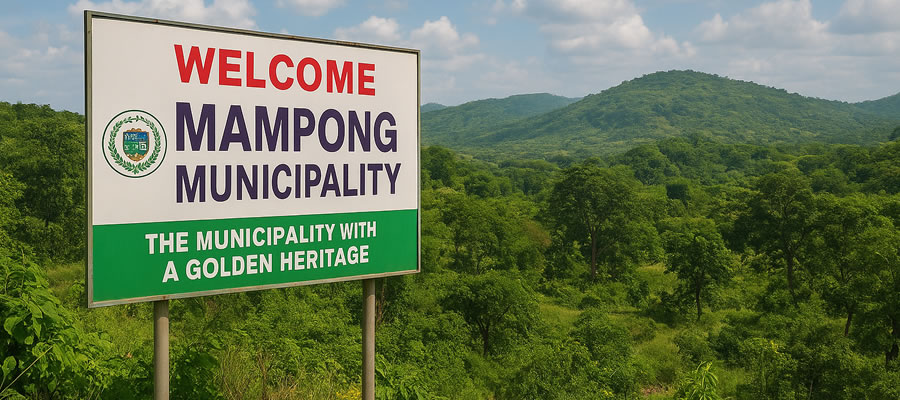
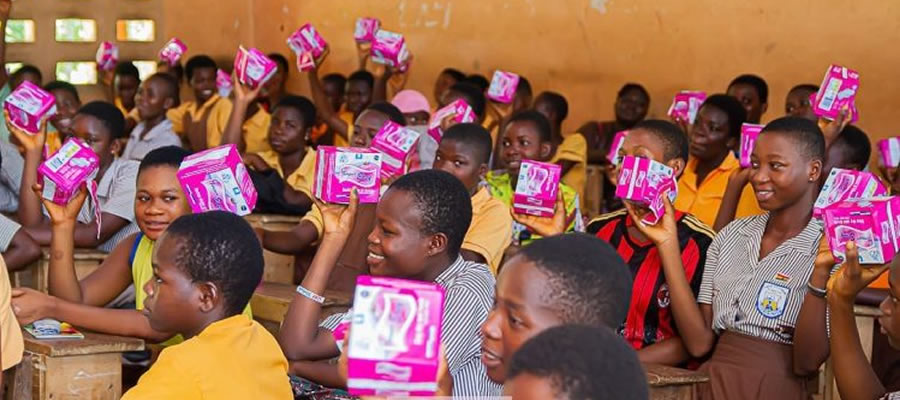
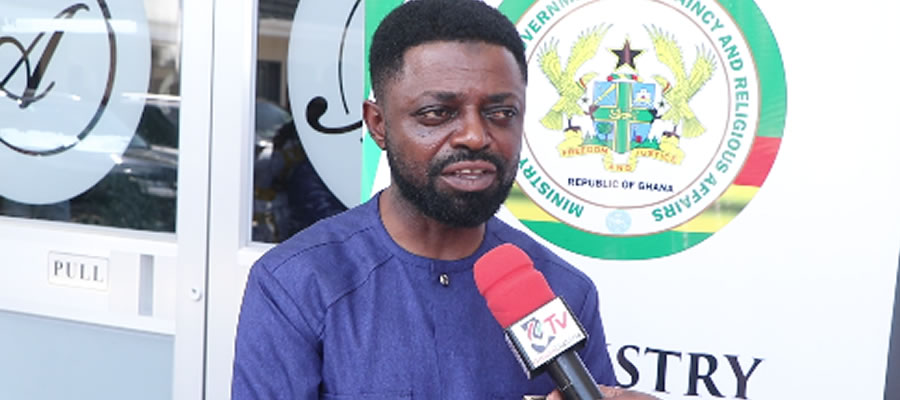
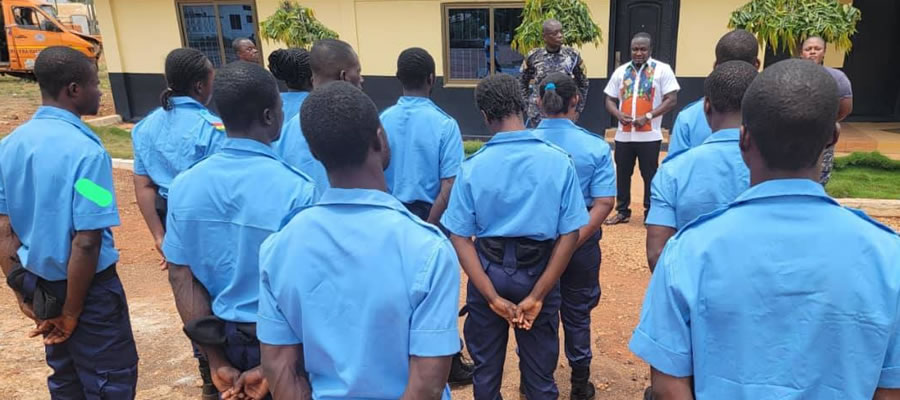



 facebook
facebook
 twitter
twitter
 Youtube
Youtube
 +233 593 831 280
+233 593 831 280 0800 430 430
0800 430 430 GPS: GE-231-4383
GPS: GE-231-4383 info@ghanadistricts.com
info@ghanadistricts.com Box GP1044, Accra, Ghana
Box GP1044, Accra, Ghana